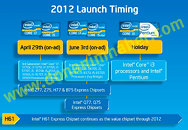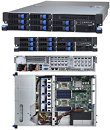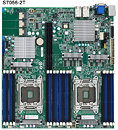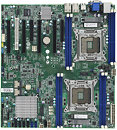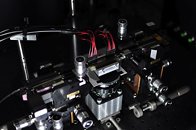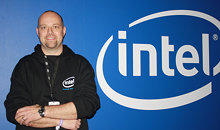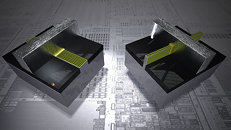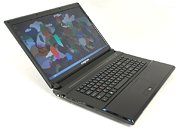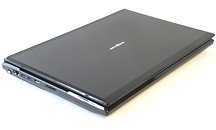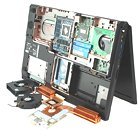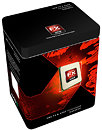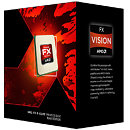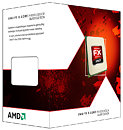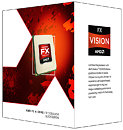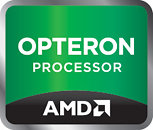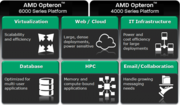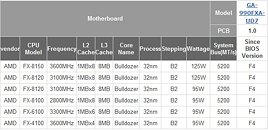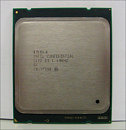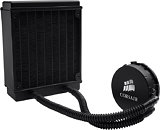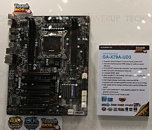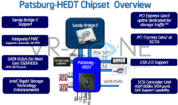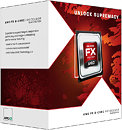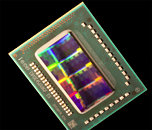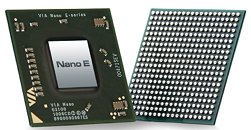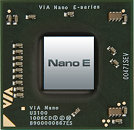DisplayLink Supports 3rd Generation Intel Core Processors
DisplayLink, the leading provider of technology for virtual graphics and USB-connected computing, today announced its support for 3rd generation Intel Core processors and supporting mobile Intel HM76 and Intel B75 express chipsets with SuperSpeed USB 3.0.
DisplayLink's DL-3000 chip platform with USB 3.0 is shipping today in adapters, monitors and docking stations from leading vendors. The broad availability of onboard USB 3.0 in systems using 3rd generation Intel Core processors means that a huge new segment of the market now has access to easy-to-use docking, and multi-display possibilities.
DisplayLink's DL-3000 chip platform with USB 3.0 is shipping today in adapters, monitors and docking stations from leading vendors. The broad availability of onboard USB 3.0 in systems using 3rd generation Intel Core processors means that a huge new segment of the market now has access to easy-to-use docking, and multi-display possibilities.


